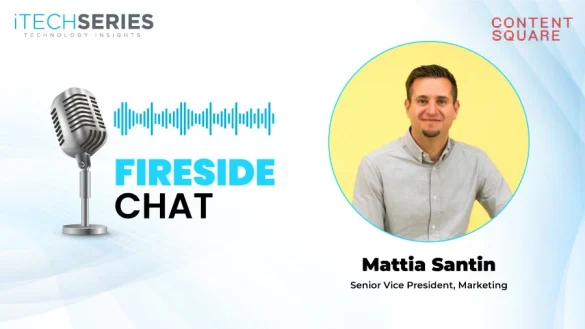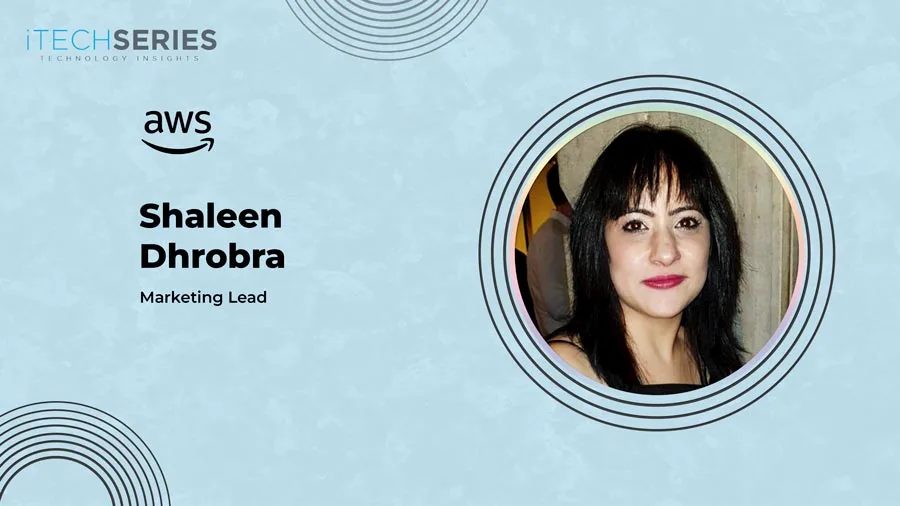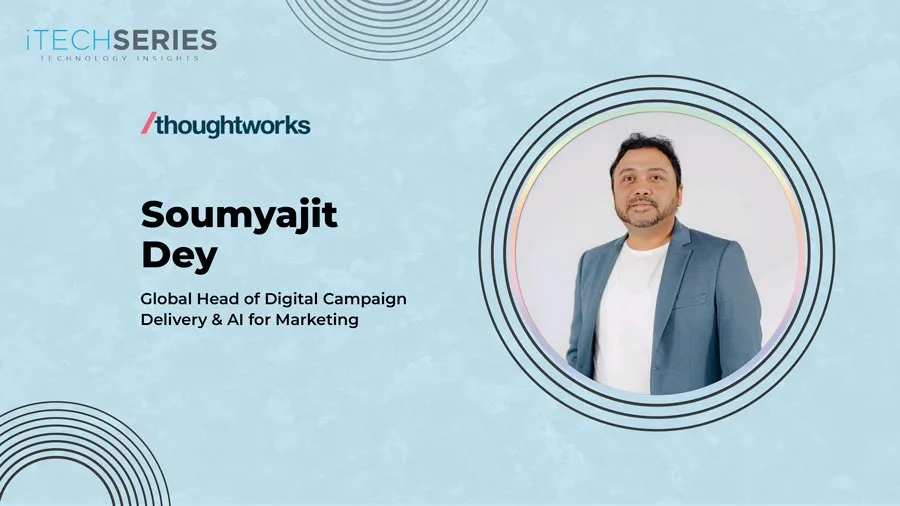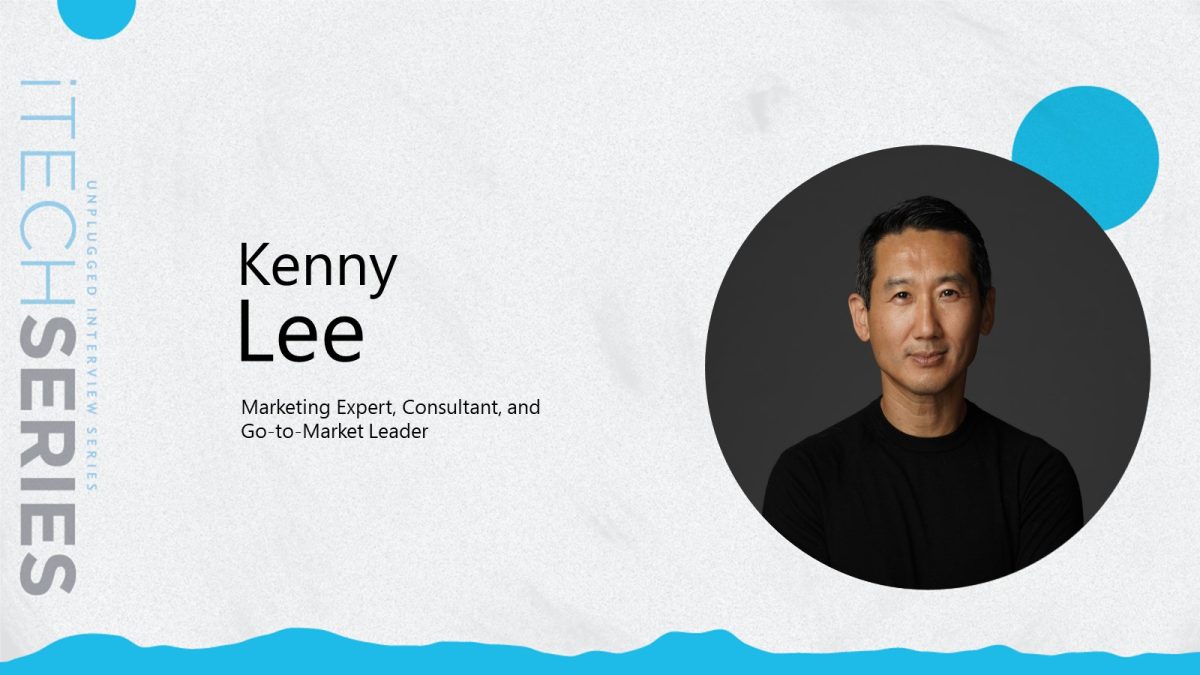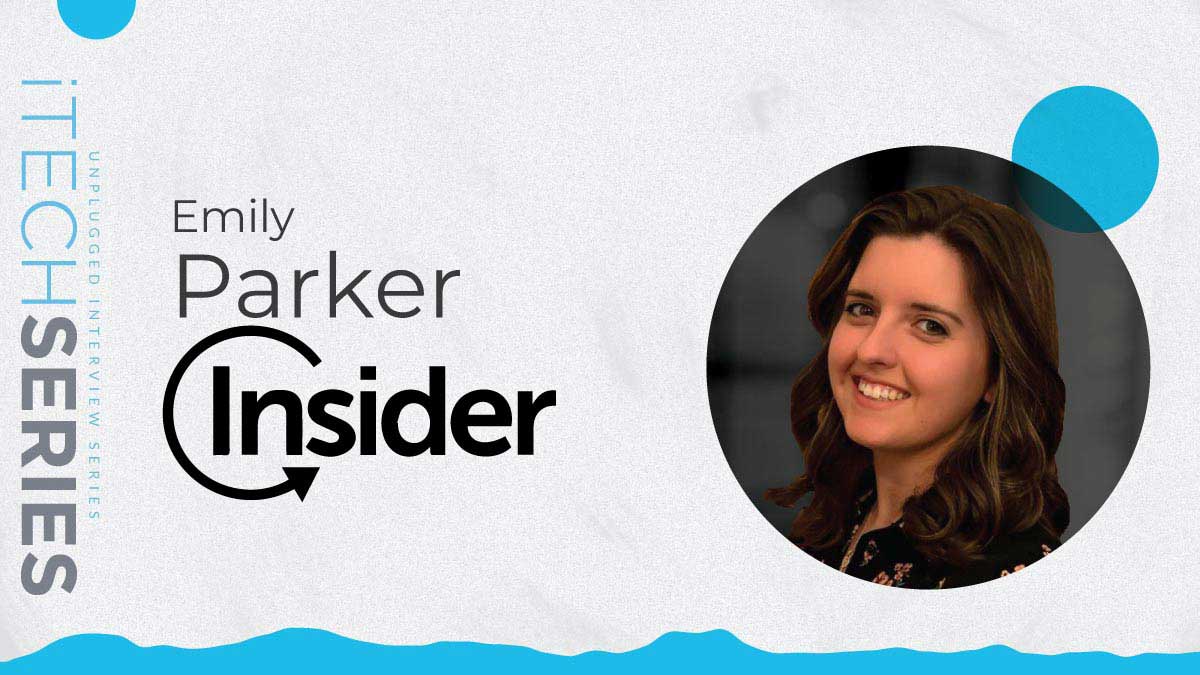Julie Thomson, Senior Field Marketing Manager, UKI at Exabeam, shares her journey from campaign execution to leading regional and field marketing across EMEA, APAC, and the UKI. She discusses balancing brand and demand, driving revenue through data-driven strategies, leveraging AI and automation for personalised engagement, leading high-performing teams, and aligning marketing, sales, and product to deliver measurable growth and impact.
Welcome to the interview series, Julie. Could you tell us more about yourself and your journey as a marketing leader?
Thank you for having me! I’m Julie Thomson, a marketing leader with over 20 years’ experience helping brands grow and adapt, particularly in IT, cybersecurity, and professional services. I began in campaign execution and operational marketing, which gave me a strong foundation in audience insight, creative strategy, and performance measurement, before moving into strategic marketing leadership.
I’m passionate about connecting brand purpose to measurable business outcomes, blending creativity with data, and translating complex solutions into clear, actionable strategies. Working in complex technology and professional services sectors has honed my ability to make marketing both strategic and impactful.
At its core, marketing is about connection, linking brands to customers and strategy to measurable results. I specialise in developing and executing regional marketing strategies while leading small, high-performing, customer-focused teams that drive significant growth and deliver tangible business results in dynamic, innovative industries.
How has marketing’s role evolved due to a closer collaboration with the other revenue functions?
I’ve seen the role of marketing evolve immensely over the years, from a primarily brand and awareness-focused function into a strategic revenue driver, largely due to closer collaboration with sales, customer success, and product teams. No longer measured solely by lead volume, marketing now shares accountability for pipeline, conversions, and customer lifetime value.
Working hand-in-hand with sales ensures marketing campaigns are aligned with revenue goals and deliver measurable impact.
The integration of customer data across functions has also given marketing a 360° view of the buyer journey, enabling more personalised, targeted campaigns and stronger alignment with customer needs. Collaboration with customer success has expanded marketing’s role into retention and advocacy, turning satisfied customers into powerful growth channels. Similarly, partnering with product teams ensures messaging, launches, and user experiences are designed to drive adoption and revenue.
Ultimately, marketing is no longer a supporting department but a strategic growth partner. Close alignment with other revenue functions has elevated marketing’s influence, shifted its metrics toward measurable business outcomes, and positioned it as a central engine for sustainable growth.
What key factors guide your decisions when prioritising different field marketing programs across regions?
While my current role at Exabeam focuses on the UKI market, my previous experience spans managing larger, more geographically diverse territories across EMEA, APAC, and Global regions.
When prioritising field marketing programs across regions, I focus on aligning each initiative with overarching business objectives and measurable impact. Programs that directly drive pipeline growth, revenue contribution, or market expansion take precedence. I also assess the maturity and potential of each region, investing in awareness and demand generation in emerging markets, while focusing on retention, upsell, and competitive differentiation in mature ones.
Close alignment with regional sales teams is essential to ensure marketing efforts support go-to-market priorities and address specific pipeline needs. Decisions are data-driven, leveraging historical performance metrics such as ROI, conversion rates, and influenced revenue to identify high-performing programs worth scaling.
Finally, I consider local market dynamics, customer insights, and partner ecosystems to ensure relevance, while maintaining consistency with global brand messaging. Resource availability and operational feasibility also factor into prioritisation, balancing strategic ambition with realistic execution across diverse regional markets.
As a marketer, how do you ensure keeping the right balance between brand awareness and lead generation?
Balancing brand awareness and lead generation is one of the most critical and nuanced challenges in marketing, especially in the B2B technology and cybersecurity space. It’s not about choosing one over the other, but about creating synergy across the entire buyer journey.
With two decades of experience in this industry, I’ve learned that brand and demand must work in harmony. A brand builds credibility and trust, the foundation that makes lead generation more effective. Thought leadership and brand visibility drive recognition, while demand programs convert that awareness into qualified opportunities.
Data is central to achieving this balance. I track both brand health metrics and pipeline performance to guide where emphasis is needed. And close alignment with sales ensures we value long-term brand strength alongside short-term pipeline goals.
The ultimate goal is sustainable growth, not just generating leads, but improving lead quality and conversion through a strong, consistent brand presence.
“I’ve seen the role of marketing evolve immensely over the years, from a primarily brand and awareness-focused function into a strategic revenue driver.”
Tell us about your most challenging yet memorable experience as a marketer.
One of the most challenging yet rewarding experiences was leading a brand integration following the acquisition of a smaller competitor that offered a broader and more diverse range of services. I went from being the sole senior marketer in the region to leading a newly merged team of eight, responsible for uniting two well-established brands with distinct cultures, messaging, and customer bases.
My priority was creating a cohesive brand identity that honoured the strengths of both organisations while defining a clear, future-focused positioning. I led cross-company workshops to uncover shared values and customer insights, which informed a new messaging framework and visual identity. At the same time, I focused on merging the teams, fostering collaboration through joint projects, transparent communication, and clear role alignment, building trust and shared ownership of the new direction.
The result was a successful rebrand that exceeded engagement and revenue targets. More importantly, it transformed the regional marketing function into a cohesive, strategic team with a unified purpose, a process that reinforced for me how strong storytelling and people-centred leadership can turn major change into meaningful growth.
How do you measure the success of your field marketing initiatives, and what data-driven insights guide your optimisation?
The success of field marketing initiatives is measured by a combination of lead generation, engagement, and revenue impact. Key metrics include the number and quality of leads, conversion rates through the sales funnel, on-site engagement, and post-event brand awareness or sentiment. Tracking operational efficiency is also important, such as cost per lead and ROI, to ensure resources are invested effectively.
Data-driven insights guide optimisation across every stage. Attendee and engagement data inform more precise targeting, content, and messaging. Event timing, format, and location performance are analysed to maximise impact, while alignment with sales ensures leads are nurtured and converted efficiently.
Ultimately, success is measured not just by immediate outputs like attendance, but by tangible contributions to pipeline growth, brand perception, and long-term revenue. Continuous analysis of performance metrics allows us to refine strategies, improve ROI, and make each field marketing initiative more effective than the last.
How have AI and automation changed your approach to campaign execution and customer engagement?
The evolution of AI and automation has fundamentally reshaped both campaign execution and customer engagement. Early in my career, campaigns were largely manual, segmenting audiences, drafting content, and tracking results by hand. Today, AI allows us to scale personalisation at a level that was previously unimaginable, analysing customer behaviours in real-time and enabling hyper-targeted messaging that adapts to individual preferences and engagement patterns.
Automation has streamlined operational execution, from programmatic ad buying to automated email workflows, freeing teams to focus on strategy, creativity, and optimising the customer experience. Campaigns are now smarter, faster, and more customer-centric, allowing us to deliver the right message to the right person at the right time. Predictive analytics and AI-driven insights let us anticipate customer needs and intervene proactively, rather than simply reacting to results.
In short, AI and automation have made campaigns more data-driven, agile, and effective, transforming the way we engage with customers and measure success.
What advice would you share with marketers who aspire to move into senior field or regional marketing leadership positions?
For marketers aspiring to senior field or regional leadership, shifting from execution to strategy is critical. It’s essential to understand how marketing drives overall business outcomes, aligns with revenue goals, and influences the customer journey across diverse markets. Developing a regional or global perspective, recognising local market nuances while maintaining brand consistency, will set you apart, as will the ability to make data-driven decisions that deliver measurable impact.
Equally important is cultivating leadership and influence. Senior roles require guiding teams while contributing strategically, mentoring talent, driving collaboration across sales, product, and finance, and shaping initiatives that generate results. Building strong communication skills, executive presence, and a reputation for delivering impact helps establish credibility with stakeholders. Seek high-visibility, strategic projects, take smart risks, and embrace continuous learning to stay ahead of evolving marketing trends.
Successful senior marketing leadership combines strategic vision, strong business acumen, effective people management, and a keen regional or global perspective. Demonstrating these consistently while delivering measurable results positions you for a natural progression into field or regional leadership roles.
About Julie Thomson
Julie Thomson is a seasoned B2B marketing leader with over 20 years’ experience driving growth in IT, cybersecurity, SaaS, and professional services. She specialises in developing and executing regional marketing strategies across EMEA and APAC, blending brand awareness, thought leadership, and demand generation to increase revenue and market share. Passionate about connecting brand purpose to measurable outcomes, Julie leads high-performing teams, leverages data and innovation, and delivers strategic, impactful marketing in fast-paced, complex industries.


